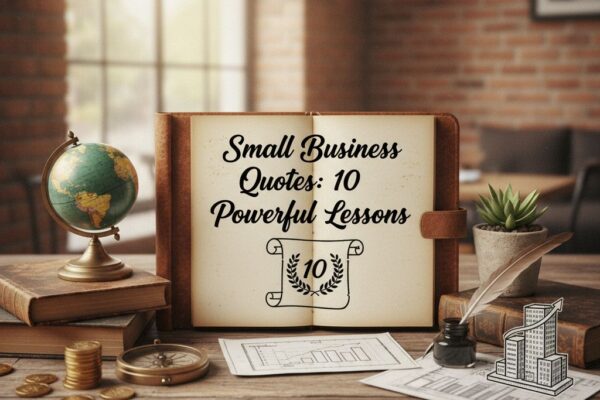

Food Truck Ideas: 10 Epic Moves
Introduction of Food Truck Ideas Food truck ideas are booming as more entrepreneurs look for flexible, low-cost ways to enter the food business. From gourmet fusion dishes to nostalgic comfort food, the opportunities are endless. The key is finding a unique concept that stands out in a crowded market while appealing to your target audience….

Rock Chip Repair: 7 Proven Fixes
Introduction Rock chip repair may seem like a small task, but ignoring it can quickly turn a tiny chip into a large, costly crack that ruins your windshield. Whether you’re dealing with a sudden hit from flying debris on the highway or damage from gravel roads, addressing rock chips early can save you time, stress,…

Tub Paint: 7 Expert Tips to Renew
Introduction Tub paint is one of the most effective solutions for giving your bathroom a professional facelift without spending thousands on a new bathtub. Over time, tubs lose their shine due to soap scum, hard water stains, and surface scratches. Replacing an entire bathtub involves demolition, plumbing, and days of labor, but with high-quality tub…

Agriculture Goat Farming: 7 Proven Secret
Introduction Agriculture goat farming is quickly becoming one of the most profitable and sustainable ventures in modern livestock production. With global demand for goat milk, meat, and fiber steadily rising, farmers are realizing that this small yet resilient animal offers big rewards. Goat farming combines traditional agricultural wisdom with innovative practices that ensure both economic…

Public Speaking Tips: 10 Killer Moves
Introduction Public speaking tips are more than just tricks for the stage—they’re tools for life. Whether you’re delivering a business presentation, pitching an idea, or giving a wedding toast, your ability to communicate with confidence determines how your message lands. Many people dread public speaking more than almost anything else, but with the right approach,…

Passover Greeting: 7 Heartfelt Wishes
Introduction: The Spirit of Passover Passover greeting, or Pesach in Hebrew, is one of the most meaningful celebrations in the Jewish faith. It commemorates the Exodus — the liberation of the Israelites from slavery in Egypt. Families come together for the Seder, share stories, and celebrate freedom, gratitude, and faith.In this warm season of remembrance…

Small Business Quotes: 10 Powerful Lesson
Small business quotes have the power to motivate and guide entrepreneurs through the toughest challenges. Running a small business is never easy — it demands resilience, creativity, and determination. Every entrepreneur encounters moments of doubt, sleepless nights, and endless “what ifs.” In those times, the right words from experienced founders, visionary leaders, and passionate dreamers…

Instant Pot Recipes Easy: 10 Quick Meals
Introduction: Instant Pot Recipes Easy for Every Cook Instant pot recipes easy enough for beginners yet delicious enough for seasoned cooks are changing the way people cook at home. The Instant Pot isn’t just another kitchen gadget—it’s a time-saving, flavor-boosting miracle worker. With one appliance, you can sauté, pressure-cook, slow-cook, and even make yogurt. Whether…

Wooden Blocks: 7 Amazing Benefits
Introduction: Rediscovering the Magic of Wooden Blocks Wooden Blocks: In a world filled with flashing screens and plastic gadgets, wooden block remain a timeless classic that continues to inspire creativity and imagination. For generations, children have stacked, balanced, and constructed worlds of their own using simple blocks of wood. What makes wooden blocks so enduring…

Alaska Stimulus Checks 2025
Introduction Alaska Stimulus Checks 2025, the arrival of the annual payout from the Alaska Permanent Fund Dividend (PFD) is much more than just a bonus—it’s a financial lifeline. In 2025, this annual payment—often described as a “stimulus check” due to its broad, direct distribution—is again back in the headlines. Below, we’ll unpack what the 2025…






















